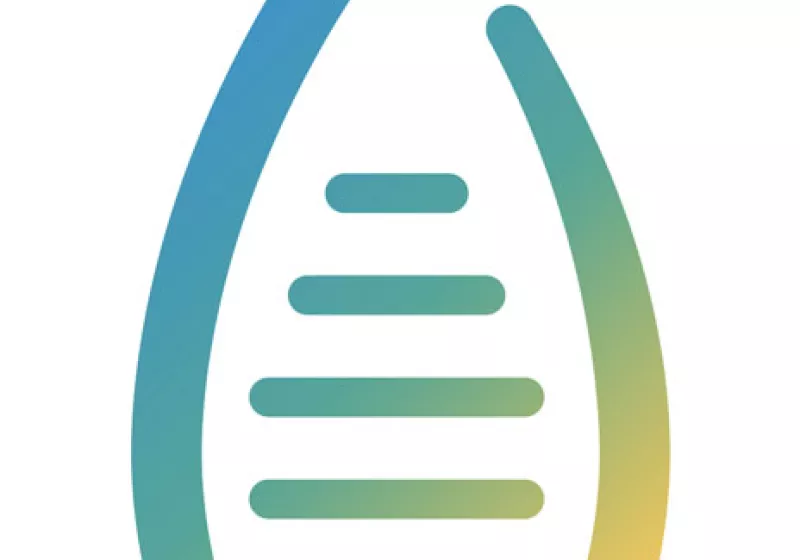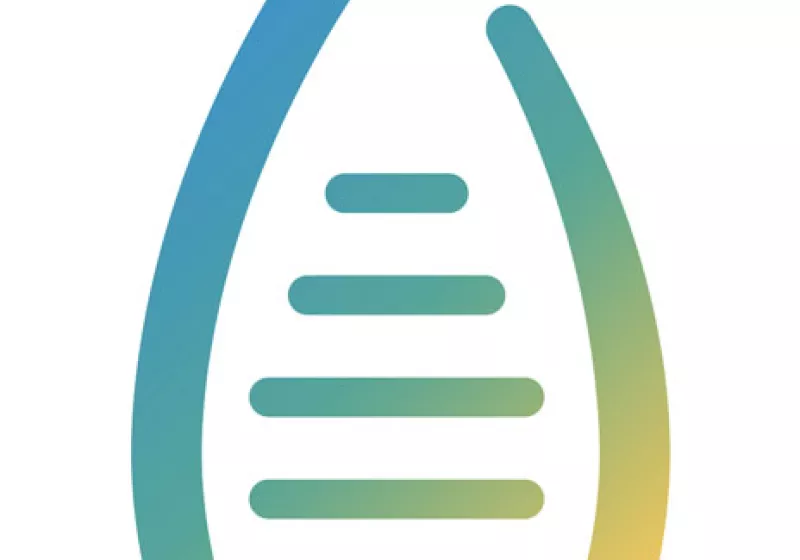Enabling timely patient access to Advanced Therapy Medicinal Products (ATMPs), commercialisation covers marketing authorisation, and post-authorisation activities such as pharmacovigilance, pricing and reimbursement.
Commercialisation
Marketing Authorisation
The first step to commercialising a new medicine at a large scale is a Marketing Authorisation (MA) granted by a medicines regulatory agency. MA is the key milestone in a medicine’s lifecycle. It refers to the licensing of approval for a medicine to be marketed for commercial use.
In the EU, all Advanced Therapy Medicinal Products (ATMPs) are regulated through the centralised authorisation procedure. An ATMP sponsor is required to submit a single Marketing Authorisation Application (MAA) to the European Medicines Agency (EMA). EMA's Committee for Medicinal products for Human Use (CHMP) will then carry out a scientific evaluation of the application and will provide a recommendation on whether the medicine can be marketed or not. For ATMPs, such scientific evaluation always involves the Committee for Advanced Therapies (CAT). The EMA’s opinion is then sent to the European Commission, which decides on granting the marketing authorisation. If granted, this results in one MA that is valid in the entire EU/EEA.
For a medicine to be authorised, the sponsor needs to show that it is effective, safe, and good quality. This requires preparing and submitting a marketing authorisation dossier that contains information drawn from pre-clinical/clinical studies and the manufacturing process description. The submission needs to be prepared in accordance with regulatory, scientific, and procedural guidelines, based on carefully planned clinical development strategies, as well as high-quality efficacy and safety data drawn from clinical studies and data from non-clinical studies.
EMA focuses on the quality, safety and efficacy of a medicine in their evaluation. Due to the inherent complexity of ATMPs and the rarity of disease most ATMPs target, the gold standard double-blind randomised clinical trials for characterising the efficacy and the safety profile of an ATMP may not be feasible or ethically justified. Evaluation may need to be based on a limited amount of data, and regulators tend to focus on whether the balance of risk-to-benefit is acceptable.
To provide more flexibility, several expediting pathways are available for ATMPs and other medicinal products:
- Conditional MA when additional clinical data is required, but the medicine fulfils an unmet medical need, and benefit to public health outweighs the risk.
- Accelerated assessment shortens the assessment time frame if the applicant provides sufficient justification based on major public health interest.
- Marketing authorisation under exceptional circumstances (see: Question 1.10) may be granted when comprehensive data cannot be obtained even after authorisation, because the condition to be treated is rare or because collection of full information is not possible or is unethical
EMA has also established regulatory support schemes for innovative medicines, including ATMPs:
- PRIME scheme in which enhanced support from EMA is offered on the development of medicines that target an unmet medical need. Preliminary clinical data need to be provided as evidence to show its potential to benefit patients.
- Adaptive Pathways approach is a scientific concept for medicine development and data generation allowing early and progressive patient access to a medicine.
Other regulatory pathways exist for patients to access medicines on an individual basis. These include: Exempted ATMP pathways, Named patients and compassionate use pathways, and Medicines prepared by pharmacists.
Further reading:
- Centralized authorisation procedure, European Medicines Agency (EMA)
- EU Regulatory Pathways for ATMPs: Standard, Accelerated and Adaptive Pathways to Marketing Authorisation
- Early access pathways in the EU for ATMPs
- The journey of a medicine assessed by EMA, European Medicines Agency (EMA)
- for medicine in general
- Marketing Authorisation Applications, The European Patients’ Academy on Therapeutic Innovation (EUPATI)
- for medicine in general
Pharmacovigilance
To ensure patient safety, adverse effects of all medicines including ATMPs need to be monitored and reported throughout their lifecycle.
As defined by EMA, pharmacovigilance is “the science and activities relating to the detection, assessment, understanding and prevention of adverse effects or any other medicine-related problem”
In clinical trials, the safety and efficacy of a medicine has only been evaluated on a carefully selected small group of patients in controlled conditions for a limited amount of time. At the post-authorisation stage, however, the medicine may be used in a larger number of patients and for a longer period of time. Through monitoring these activities, some previously unidentified adverse effects may be observed.
To support pharmacovigilance in the EU, EMA develops and maintains EudraVigilance, a database for collecting, managing, and analysing safety data on adverse reaction reports (ADRs) for medicines authorised in the EU. This database is not available to the general public, but its reports can be accessed in the European database for suspected adverse drug reaction reports.
Pricing and Reimbursement
After a marketing authorisation is granted for a medicine, whether patients can access it is highly dependent on its pricing and on its reimbursement by national health insurance. Pricing and reimbursement schemes are determined at the national level, not at the EU level.
Setting a price for the medicine and deciding on its reimbursement by national health insurance are real challenges for policymakers. The key considerations in this process are the benefits (or value) of a medicine, the healthcare budget, and the medicine’s impact on the local healthcare system. Policymakers also need to find the balance between good value for money and ensuring innovations in medicine are appropriately rewarded. Some pricing approaches for a new medicine include:
- Cost-based: summing the costs of medicine production and a profit margin
- Reference-based: comparing against prices for the same medicine or therapeutic alternatives already on the market
- Value-based: assessing the added value a new therapy brings compared to existing treatment for the same condition
While ATMPs are recognised for their potential to dramatically transform patients’ health outcomes and to address complex diseases without other effective treatments, they face unique challenges in the assessment and appraisal process for pricing and reimbursement. These challenges are characterised by their affordability and uncertainty: ATMPs are complex and costly to develop, produce, and administer, and are often one-time treatments; their health benefits can only be appreciated with a long-term perspective, but there is only limited evidence available (especially regarding long-term efficacy) at the time of approval and price negotiations. These properties give rise to great uncertainty on the value of ATMPs and have raised a lot of discussions on suitable payment models.
Further reading on medicine pricing and reimbursement:
- Pricing medicines: theory and practice, challenges and opportunities
- Reimbursement of licensed cell and gene therapies across the major European healthcare markets
- Guideline on Country Pharmaceutical Pricing Policies, World Health Organization (WHO)
- Medicines Reimbursement Policies in Europe, World Health Organization (WHO)
Read more about discussions on pricing models:
- The business case for cell and gene therapies
- Outcomes-based reimbursement for gene therapies in practice: the experience of recently launched CAR-T cell therapies in major European countries
- Gene Therapy: Understanding the Science, Assessing the Evidence, and Paying for Value
- Price and reimbursement of advanced therapeutic medicinal products in Europe: are assessment and appraisal diverging from expert recommendations?
Health Technology Assessment
Health Technology Assessment (HTA) is “a multidisciplinary process that summarises information about the medical, patient and social aspects and the economic and ethical issues related to the use of a health technology in a systematic, transparent, unbiased and robust manner”. HTA’s main objective is to determine the cost-effectiveness for a new health technology compared to other existing treatments. It acts as a bridge between evidence and policymaking, providing health-policymakers with evidence-based information for efficient allocation of public resources.
In the EU, regional and national HTA bodies provide recommendations on drug pricing and reimbursement in member states or regions, but the processes, priorities, and methods vary. In recognition of the high level of diversity in practices, The European Network for Health technology Assessment (EUnetHTA) was established in 2004 to foster collaborations and effective exchange of information across regional and national HTA bodies, and to develop harmonised methods, standards, and processes for the network of HTA in Europe. EUnetHTA works with EMA to offer parallel consultations and to provide feedback on the developers’ evidence-generation plans during the early stage of development.
A new European regulation on HTA was adopted on 15 December 2021, and shall apply from 12 January 2025. It establishes:
“(a) a support framework and procedures for cooperation of Member States on health technologies at Union level;
(b) a mechanism which lays down that any information, data, analyses and other evidence required for the joint clinical assessment of health technologies is to be submitted by the health technology developer only once at Union level;
(c) common rules and methodologies for the joint clinical assessment of health technologies.”
Learn more about HTA at:
- HTA systems in Europe, The European Patients’ Academy on Therapeutic Innovation (EUPATI)
- Health Technology Assessment, The European Patients’ Forum (EPF)
Learn more about marketing authorisation and activities happening post-authorisation at:
- Post-authorisation scientific and regulatory guidance for all products types, European Medicines Agency (EMA)
- Getting Ready for Advanced Therapy Medicinal Products (ATMPs) in Europe, The Alliance for Regenerative Medicine (ARM)
- Taking ATMP to market, Cell and Gene Therapy Catapult (CGT Catapult)

